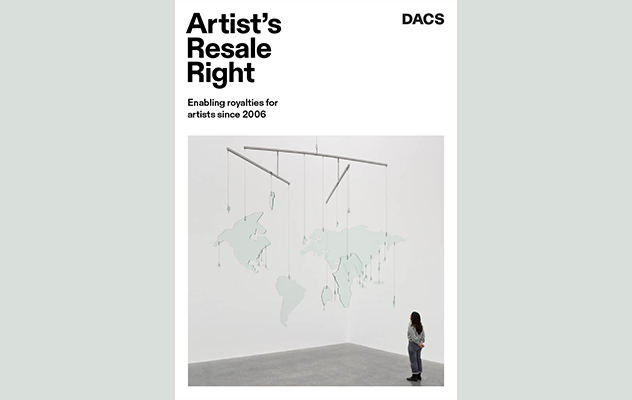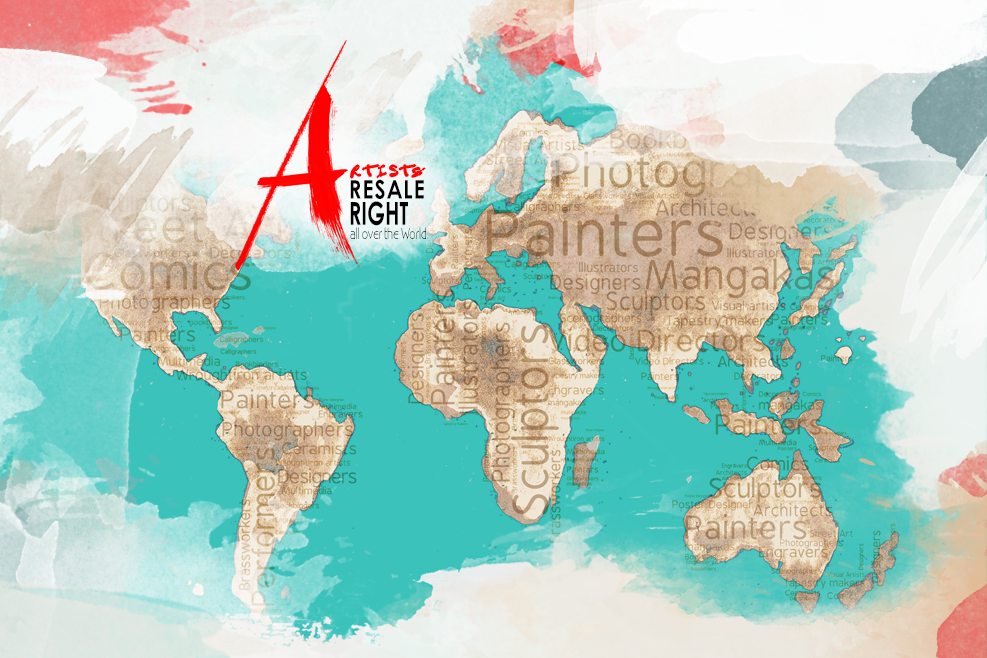
The Artist’s Resale Right in the UK has known some ups and downs. After Brexit, artists and their heirs were uncertain about whether the right would be maintained. But with these hurdles crossed, we can see that not only is this right indispensable for artists, but it also stimulates the art market.
DACS, the Design and Arts Society, a UK based collective management organization (CMO) which has collected ARR for artists since the adoption of the right in 2006, released a report which shows that the right is doing very well, but also illustrates why it should do even better with concrete statistics.
This report reminds us of the importance of ARR to artists and to the art market in general. To mention but a few points put forward by the report:
- ARR rewards artists for their work even when it is no longer in their possession and allows for them to receive a small part of the artwork’s appreciation over time.
- The right offers some financial support which artists can use on their daily expenses or reinject into their creative process. This in turn allows for the creation of more works, and hence feeding the art market with new and quality content.
- It also helps artists keep track of their artworks. In the visual arts sector, works can circulate off the radar for instance in private sales. ARR allows for artists to know what has become of their work throughout its lifespan, so that they could potentially have access for future projects such as exhibitions and publication of books. They can also adapt their creation process with the knowledge of which works are doing well in the art market.
These points are particularly important for young artists who in general, are more vulnerable in the art market. With the increase in popularity of ultra contemporary artworks, younger artists are becoming eligible for the royalty.
Despite all the benefits that ARR has brought to the visual arts sector, its value remains a tiny portion of the overall art market value. For instance, ARR collected for the post-war and contemporary art category, which concerns works from artists born after 1910, only accounted for 1.47% of the value of this market. DACS reported the collection and distribution of £10.5 million in ARR, which despite being a very encouraging sum, should be higher considering that the value of this market reached £714 million.
ARR is not yet a substantial source of income for artists, but it can be reinforced. One way to do so is to have it adopted worldwide. One can only imagine the positive change to the art market, and the significant improvement of the social status of the visual artist if ARR could be guaranteed, regardless of the country of residence or the country where the sale of an artwork is concluded. Thanks to the principle of reciprocity, many cross-border transactions currently taking place between countries that have adopted the right and those without, notably with powerful art markets such as the United States and China, could then be included in the scope of ARR and significantly boost the share for visual artists around the world.
